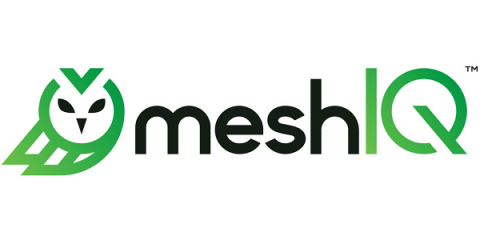Operations | Monitoring | ITSM | DevOps | Cloud
Messaging
Integration with Apache Kafka
You can integrate Edge Flow Manager (EFM) with Apache Kafka and forward agent heartbeats to defined Kafka topics. Learn how to perform the integration with Apache Kafka. To integrate EFM with Kafka, you need to configure Kafka and EFM properties. EFM supports the forwarding of agent heartbeats and acknowledges messages exchanged on the C2 protocol between the EFM server and MiNiFi agents.
Mattermost v7.3 is now available
Mattermost v7.3 is generally available today. The following new features are included.
How to Break Stuff with Chaos Engineering and Chaos Mesh
In 2011, a Netflix engineering team introduced the concept of chaos engineering with its release of Chaos Monkey. This was initially an in-house tool developed to orchestrate fault injection that Netflix eventually made open source. However, the reliance of Chaos Monkey on Spinnaker, another Netflix engineering innovation, establishes some limitations.
How to use OpenTelemetry for Kafka Monitoring
Apache Kafka is a high-throughput, low-latency platform for handling real-time data feeds. Its storage layer is in essence a massively scalable pub/sub message queue designed as a distributed transaction log. It can be used to process streams of data in real-time, building up a commit log of changes. Kafka has strong ordering guarantees that enable it to handle all sorts of dataflow patterns including very low latency messaging and efficient multicast publish / subscribe.
What is Distributed Tracing vs OpenTelemetry?
There are a few key differences between distributed tracing and OpenTelemetry. One is that OpenTelemetry offers a more unified approach to instrumentation, while distributed tracing takes a more granular approach. This means that OpenTelemetry can be less time-consuming to set up, but it doesn’t necessarily offer as much visibility into your system as distributed tracing does.
Top AIOps (Artificial Intelligence for IT Operations) Tools/Platforms in 2022
Artificial intelligence (AI) and associated technologies, such as machine learning and natural language processing (NLP), are used for daily IT operations tasks and activities. AIOps supports IT Ops, DevOps, and SRE teams working smarter and faster to identify digital-service issues earlier and address them quickly, preventing disruptions to business operations and customers. This is accomplished through algorithmic analysis of IT data and Observability telemetry.
A Guide to MQTT Messaging Brokers and Client Software
MQTT is a machine-to-machine communication protocol. Devices publish messages to a broker under specific topics, and other devices subscribe to those topics to receive information. It’s popular because it doesn’t take up a lot of bandwidth, so IoT devices with limited network connectivity can use it. MQTT works because of brokers. Each device sending and receiving data can communicate with potentially millions of other devices while only connecting to one broker.
Middleware Software Market Is Expected To Expand at Significant Cagr Over 2022-2028
The global Middleware Software market gives a better understanding of the market picture of the local and international markets. It helps the key market players understand the market and product strategies better that can help them survive the global market. The study report gives information on the market volume, market value, predictions of the market share size, and statistics of the international and national level industries.
IBM Patches Severe Vulnerabilities in MQ Messaging Middleware
IBM this week announced patches for high-severity vulnerabilities in IBM MQ, warning that attackers could exploit them to bypass security restrictions or access sensitive information. Messaging and queuing middleware, IBM MQ provides enterprise-grade messaging between applications, enabling the transfer of data between programs and the sending of messages to multiple subscribers. Two security issues were resolved in IBM MQ this week, both residing within the libcurl library.







